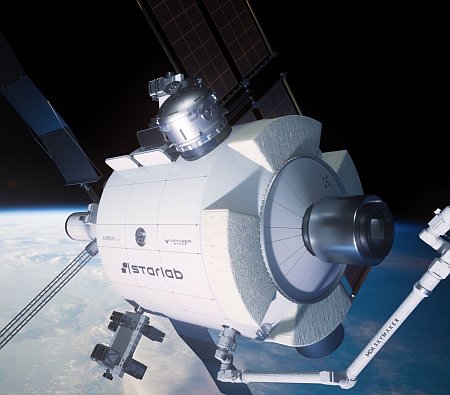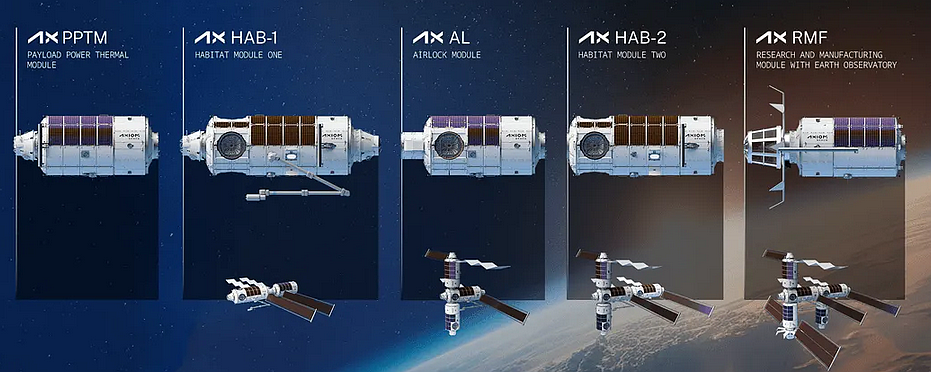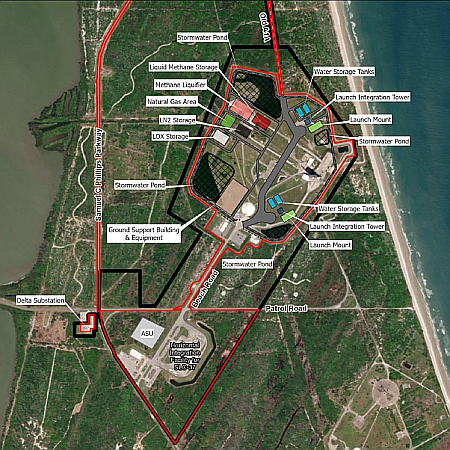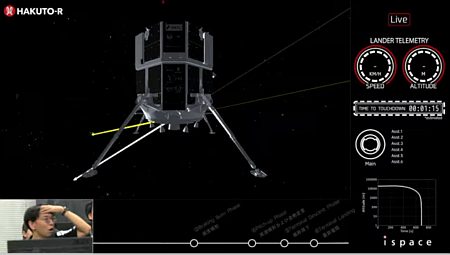According to a statement from David Limp, the CEO of Blue Origin, on June 9, 2025, the company has once again delayed the second launch of its new New Glenn rocket, pushing back from May to August.
New Glenn’s second mission will take place NET August 15th. Following in the footsteps of our first booster, we’ve chosen the name “Never Tell Me The Odds” for Tail 2. One of our key mission objectives will be to land and recover the booster.
The rocket’s first launch had occurred in January, and successfully placed its test payload in orbit as intended, though it was unable to land the first stage on its barge in the Atlantic. Blue Origin later said it was targeting May for the second launch, carrying NASA’s two Escapade smallsat Mars orbiters. With this new delay it is unclear what the payload would be.
According to this report, anonymous sources claim an August launch is unlikely and will likely slip to September. The company has a large backlog of launch contracts, including 27 for Amazon’s Kuiper constellation as well as a number for the military. The hope had been that it could ramp up its launch cadence in 2025 to meet those contracts.
Instead, Amazon has begun shifting some of its launch work to SpaceX’s Falcon 9. Its FCC license requires it to get 1,600 satellites in orbit by July 2026, and at present it only has sixteen in space. It can no longer wait for Blue Origin to dilly-dally along.
Considering the actual success of the first launch, it seems very puzzling for there to be a nine-month delay until the second launch, even with the failure to land the first stage. Was there some technical problems with the rocket that have not been revealed? It seems foolish to delay further launches in order to fix the landing of the first stage, since that has no impact on getting the customer’s payload into orbit. Wouldn’t it be better to fly again, test the landing again during flight, than sit on the ground looking at computer simulations?
It is also possible the company is still having production problems producing enough BE-4 engines for both ULA’s Vulcan rocket and its own New Glenn. Vulcan uses two per launch, and according to ULA Blue Origin has delivered enough to begin launching Vulcan as many as fifteen times before the end of this year. New Glenn uses seven BE-4s on its first stage. Could it be that Blue Origin wasn’t able to produce enough of these engines for this year’s New Glenn launches?
All this is speculation. What we do know for certain is that both of these companies continue to disappoint. The result is that for larger payloads the United States remains reliant entirely on SpaceX, a situation that is not healthy for the commercial and government satellite industry.






